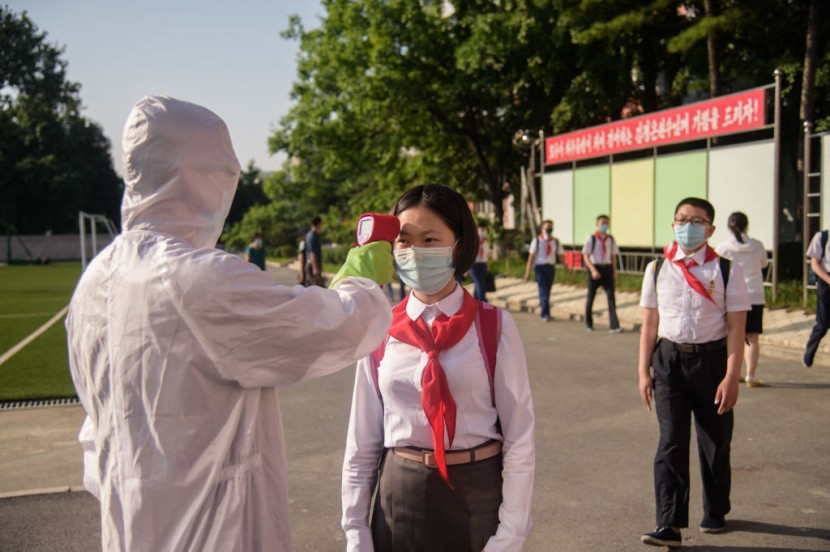
The World Health Organization (WHO) believes the coronavirus outbreak in North Korea is growing worse, not better, despite the secretive country's recent assurances that COVID-19 is slowing there.
At a news conference on Wednesday, WHO's emergency head, Dr. Mike Ryan, asked North Korean officials for further information about the COVID-19 pandemic in the country, adding "we have genuine concerns."
WHO Voices Concern on North Korea's COVID-19
He stated that WHO has not received any privileged information on the pandemic, in contrast to regular epidemics in which governments may share more sensitive data with the organization for it to assess global public health risks.
WHO has already expressed worry over COVID-19's impact on North Korea's population, which is thought to be entirely unvaccinated. According to the WHO, the country's frail health services may struggle to deal with a surge of cases caused by the super-infectious Omicron variant and its subvariants.
North Korea's assertions that it has managed COVID-19 without mass vaccination, lockdowns, or medications have been viewed with suspicion, notably its claim that just a few dozen people have died out of many millions sick - a considerably lower mortality rate than found anywhere else in the world.
According to North Korean authorities, around 3.7 million individuals have a fever or are suspected of having COVID-19. However, it provided little data regarding the severity of the sickness or how many patients recovered, making public health specialists' attempts to assess the scope of the outbreak difficult, according to CBC.
North Korea recorded over 96,000 new fever cases on Thursday, with the daily count maintaining below 100,000 for the third day in a row. Over 24 hours ending at 6 pm, more than 96,610 persons experienced fever-like symptoms, according to the official Korean Central News Agency (KCNA), citing statistics from the state emergency epidemic prevention center. It did not disclose any further information on subsequent deaths.
As of 6 pm, the total number of fever cases since late April had surpassed 3.83 million. It stated that more than 3.66 million people have recovered and at least 165,390 are being treated as of Wednesday.
Read Also : Finland Reveals Deployment of US-Made F-35 Stealth Jets Near Santa Claus Village on the Arctic Circle
Lifting Lockdowns in North Korea Worsened the Situation
Since peaking at over 392,920 on May 15, the country's daily fever tally has been falling. After topping 100,000 on Sunday, the daily figure has fallen below 100,000 since Monday. North Korea revealed its first COVID-19 case on May 12, while claiming to be coronavirus-free for nearly two years, and proclaimed a switch to the highest emergency virus management system, Korea Herald reported.
North Korean leader Kim Jong Un has acknowledged the scarcity of medication, ordering the army to distribute its stockpiles. According to Hwang-sun, North Korean hospitals and pharmacies have been without medication for years. Doctors write prescriptions, and it is up to the patient to identify what they need and buy it, either from someone selling directly from their home or a local market.
On the day the pandemic was declared, the authorities imposed a nationwide lockdown. It raised fears that many might go hungry if they couldn't procure food. Some, however, appear to have been able to leave their houses to work and farm.
Pictures shot by the monitoring website NK News across the border in South Korea show agricultural laborers in the fields in the days following the shutdown. People have been reported to have been confined to their houses in areas with high rates of illness, including the capital Pyongyang.
Lee Sang-yong, the editor of the Seoul-based Daily NK, has a network of informants within North Korea. He claims that, at the border town of Hyesan, residents were not permitted to leave their houses for 10 days in May. When the lockdown was lifted, more than a dozen people were discovered collapsed in their houses, debilitated by a lack of food, according to his source, as per BBC.
Related Article : Monkeypox Outbreak: WHO Expert Raises Alarm on Quick Spread of Virus With 550 Cases in 30 Countries
@YouTube
© 2025 HNGN, All rights reserved. Do not reproduce without permission.








